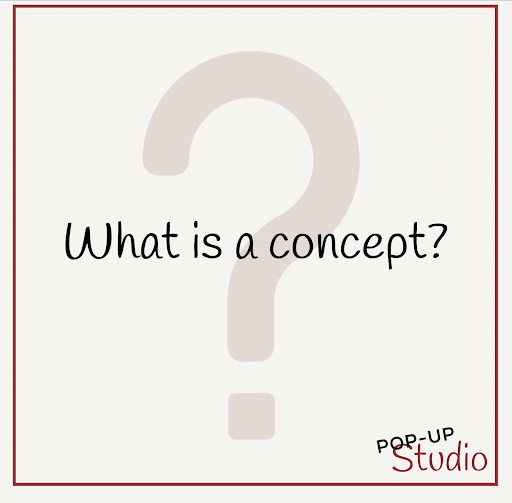What is a concept?
Simply put, concepts are ideas. We can think of a concept as a category or mental construct that frames a set of examples with common attributes (Erickson et. al).
Relationship, Time, Place, and Self are all examples of concepts. So are Line, Fractions, Character, and Government.
Concepts are like file folders.
What do you do when you want to organize your computer desktop? If you’re like me, you create file folders. You then create a label or name your folder to help you remember its contents. In this way, the label and the contents go together. Concepts and facts/skills, strategies, and processes are related. The concept is like the folder, and the facts, skills, strategies and processes are the folder contents.
Concepts are like Russian Dolls.
Just like the outer doll holds the inner dolls, concepts can be nested. Think about the concept of Family for instance. What concepts help us understand the concept of family? For me, I think of role, responsibility, shared goals, purpose, and bond. Family might be the outermost doll, with the related concepts nested inside. The more expertise you have in the ideas or concepts, the more you can articulate the structure and relationships or hierarchy within the relationship.
Concepts are like backpacks.
Backpacks are a helpful tool when we want to travel. We fill them with contents that help us do the task or enjoy an adventure. Our current generation of learners are forecasted to be more globally-minded and more transient than previous generations. Because concepts meet the criteria of being timeless, abstract, and universal, they are transferable. This makes them the perfect anchor, umbrella, or theme for designing learning experiences for today’s learners who need cognitive frames that hold up over time and location!
Try this!
What concepts are you exploring with your learners? How do you envision the role of concepts in your curriculum? Drop a comment below and let us know how concepts are showing up in your classroom!
